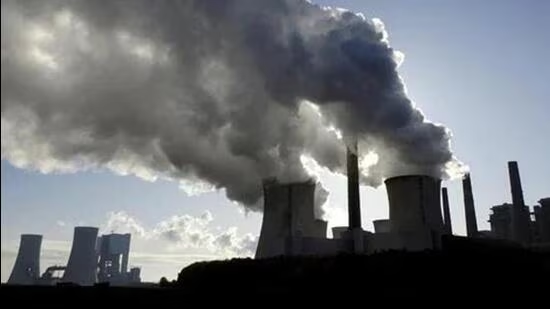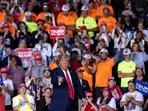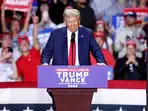Scope to limit warming to 1.5°C narrowed further in last two years: IEA
The world remains on track for a 2.4°C warming over pre-industrial levels by end of this century, the International Energy Agency (IEA) said on Tuesday.

There is however still a slim possibility of limiting warming to 1.5°C but immediate efforts such as tripling of renewable energy capacity and doubling of energy efficiency by 2030 are needed, IEA said.
IEA has called for adoption of these solutions at the UN Climate Conference (COP28) at Dubai this year.
CO2 emissions from energy sector remain worryingly high, reaching a new record of 37 gigatonnes (Gt) in 2022, instead of starting to fall as envisaged by IEA in 2021.
Also Read:India is adapting to the shifting climate terrain
This spike in emissions happened as the demand for fossil fuels has increased spurred mainly by the energy crisis of 2022 after Russia’s invasion of Ukraine, IEA said in its report titled ‘Net Zero Roadmap.’
During the past two years, however, renewable energy adoption has increased.
Solar PV capacity additions increased by nearly 50%, and currently track ahead of the trajectory envisaged in the 2021 version of IEA’s net zero emission scenario.
Electric car sales expanded 240% and stationary battery installations by 200% since 2020.
“The pathway to 1.5°C has narrowed in the past two years, but clean energy technologies are keeping it open. With international momentum building behind key global targets such as tripling renewable capacity and doubling energy efficiency by 2030, which would together lead to a stronger decline in fossil fuel demand this decade, the COP28 climate summit in Dubai is a vital opportunity to commit to stronger ambition and implementation in the remaining years of this critical decade,” said IEA executive director Fatih Birol in a statement.
“Keeping alive the goal of limiting global warming to 1.5°C requires the world to come together quickly. The good news is we know what we need to do – and how to do it. Our 2023 Net Zero Roadmap, based on the latest data and analysis, shows a path forward. But we also have a very clear message: Strong international cooperation is crucial to success. Governments need to separate climate from geopolitics, given the scale of the challenge at hand,” he added
According to IEA’s analysis, all countries must move forward with their targeted net zero dates.
In the net zero emissions scenario of IEA, advanced economies take the lead and reach net zero emissions by around 2045 in aggregate; China achieves net zero emissions around 2050; and other emerging market and developing economies do so only after 2050.
But keeping global warming under 1.5°C also hinges on mobilising investment, especially in emerging and developing economies.
In the new zero pathway, global clean energy spending needs to rise from USD 1.8 trillion in 2023 to USD 4.5 trillion annually by the early 2030s.
The report warns that a failure to sufficiently step up ambition and implementation between now and 2030 would create additional climate risks and make achieving the 1.5 ̊C goal dependent on the massive deployment of carbon removal technologies, that are expensive and unproven at scale.
“Removing carbon from the atmosphere is very costly. We must do everything possible to stop putting it there in the first place,” Birol said.
For India, IEA projects that the share of solar PV in power generation must increase eightfold.
Before 2015, wind and solar PV accounted for less than 10% of total generation in 2030 which has now risen to around 25%. A key reason is India’s adoption of a 500-gigawatt (GW) target for renewable energy capacity by 2030.
Compared with solar PV, wind power has made less progress in India.
India’s gross domestic product (GDP) is likely to be lower in 2030 compared to pre-Paris (2015), IEA has projected.
“As a result, industrial production and electricity demand are also somewhat lower, as are projected emissions in both the industry and electricity sectors,” IEA said.


Disclaimer: The copyright of this article belongs to the original author. Reposting this article is solely for the purpose of information dissemination and does not constitute any investment advice. If there is any infringement, please contact us immediately. We will make corrections or deletions as necessary. Thank you.
Title:Scope to limit warming to 1.5°C narrowed further in last two years: IEA
Url:https://www.investsfocus.com









